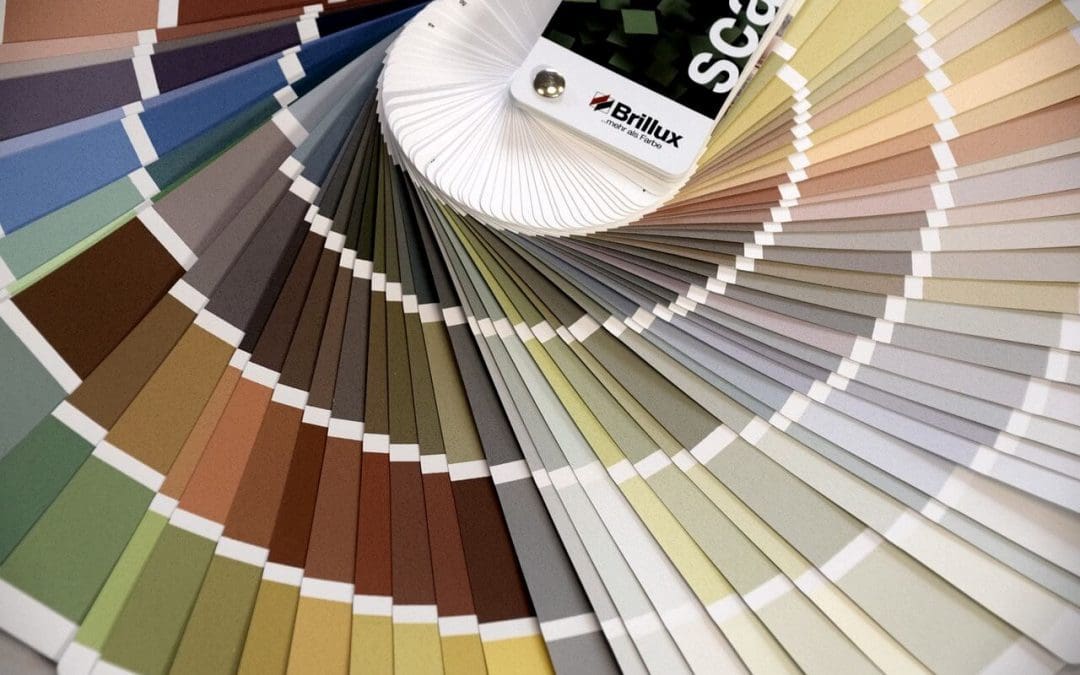Painting your home can transform its look and feel, creating a fresh and vibrant atmosphere. Whether you’re painting a single room or the entire house, achieving a professional finish is easier than you might think. With careful preparation, the right tools, and a few expert techniques, you can paint your home like a pro. Here’s how.
Choose the Right Paint and Tools to Paint Your Home
The first step to a professional paint job is selecting the right paint and tools. When choosing paint colors, consider the room’s purpose and lighting. For high-traffic areas, opt for durable, washable paints. Use matte finishes for walls and ceilings to hide imperfections and satin or semi-gloss finishes for trim and doors to provide a slight sheen and added durability.
Invest in high-quality brushes, rollers, and painter’s tape. A good brush will hold more paint and apply it more smoothly, while quality rollers will provide an even coat without leaving lint behind. Painter’s tape helps create clean edges and protects surfaces you don’t want to paint.
Prepare the Room
Proper preparation is crucial for a flawless finish. Start by removing all furniture or covering it with drop cloths. Protect your floors with drop cloths or plastic sheeting. Clean the walls to remove dust and grime, which can interfere with paint adhesion. Fill any holes or cracks with spackle, and sand them smooth once they’re dry. Sanding also helps create a smooth surface for the paint to adhere to, especially if you’re painting over glossy or rough surfaces.
Prime the Walls
Many people overlook priming, an essential step that helps paint adhere better, provides a uniform surface, and can cover up stains and dark colors. Use a high-quality primer and apply it evenly across the walls. Priming is especially important if you’re painting new drywall or changing from a dark to a light color.
Use the Right Painting Techniques to Paint Your Home
Start by cutting in the edges with a brush. This means painting a 2-3 inch border around the edges of the walls, ceiling, and trim. This technique helps you avoid getting roller marks on these areas. Once the edges are done, use a roller to fill in the larger areas. Roll in a “W” or “M” pattern to distribute the paint evenly and avoid streaks. Apply the paint in thin, even coats, allowing each coat to dry completely before applying the next.
Pay Attention to Details
For a professional finish, pay attention to the details. Remove the painter’s tape while the paint is still slightly wet to prevent peeling. Use a small brush to touch up any missed spots or paint drips. If you’re painting trim or doors, consider using a smaller brush or foam roller for a smoother finish.
Clean Up Properly
Once you’ve finished painting, take the time to clean your brushes and rollers thoroughly. Properly cleaning and storing your tools will ensure they last longer and are ready for your next project. Dispose of unused paint according to local regulations, and recycle the empty cans if possible.
Enjoy Your Newly Painted Home
Step back and admire your work! With a little patience and attention to detail, you’ve transformed your space with a professional-quality paint job. Whether you’re adding a splash of color or refreshing tired walls, painting your home can be a rewarding and satisfying project.
By following these steps, you can achieve a professional paint finish that will make your home look its best.
FAQs on How to Paint Your Home
What is the best way to test paint colors before committing?
Test paint colors by applying small patches on different walls and observing them at various times of day under different lighting conditions. You can also use paint samples or swatches and even digital tools to visualize the colors in your room. This helps you see how the color changes and ensures it matches your vision.
How many coats of paint do I need?
The number of coats depends on the color and quality of the paint and the surface being painted. Generally, two coats provide a solid, even finish. Dark colors or significant color changes may require an additional coat. High-quality paints often offer better coverage, reducing the number of coats needed.
Can I paint over wallpaper?
While it’s possible to paint over wallpaper, it’s not always recommended. Remove the wallpaper and prepare the wall surface properly for the best results. If removing the wallpaper is not feasible, ensure it’s securely attached and smooth, then apply a primer designed for use over wallpaper before painting.
How do I clean my brushes and rollers after painting?
Clean brushes and rollers immediately after use. For latex paint, rinse them in warm, soapy water until the water runs clear. For oil-based paints, use a paint thinner or mineral spirits. Reshape the brushes’ bristles and store them flat or hanging to maintain their shape.
First Impression Home Inspections offers inspection services in the Shenandoah Valley. Contact us to schedule an appointment.

